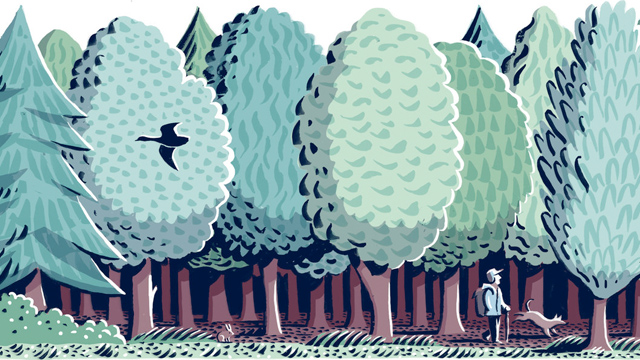In September 1964, Congress passed the Wilderness Act, which created a national system of protected natural areas. As environmental legislation goes, it is uncompromising. The definition of wilderness provided by the act is “an area where the earth and its community of life are untrammeled by man, where man himself is a visitor who does not remain.”
But today, in the face of climate change, the laissez-faire approach to leaving wilderness “untrammeled” may no longer be helpful or realistic. In a weekend op-ed for The New York Times, writer Christopher Solomon explains how the new environmental reality “has pushed respected scientists to advocate what many wilderness partisans past and present would consider blasphemy”:
We need to rethink the Wilderness Act. We need to toss out the “hands-off” philosophy that has guided our stewardship for 50 years. We must replace it with a more nuanced, flexible approach — including a willingness to put our hands on America’s wildest places more, not less, if we’re going to help them to adapt and thrive in the diminished future we’ve thrust upon them.
A quick glance at the ecological issues facing many protected areas in the West highlights the problem: Joshua Tree National Park may face total loss of its namesake trees due to rising temperatures; Whitebark pine, the nuts of which are an important food source for grizzly bears, is rapidly declining in the Bob Marshall Wilderness in Montana; Tuolumne Meadows in Yosemite National Park is being invaded by lodgepole pine. And so on.
Solomon calls for measured intervention in the places that are most at risk:
Why not intervene — carefully, selectively, with humility — in the places that need help the most, with an eye toward giving nature, and us, options? Perhaps we have different levels of wilderness, with different levels of human involvement, something even the founders of the Wilderness Society discussed, [Forest Service Scientist] Dr. David Cole told me, adding, “What we need is a system with more diverse goals.” Fears that we’ll turn wilderness into a 110-million-acre garden miss the mark. If nothing else, lack of time, money and manpower will always constrain our efforts.
It’s a convincing argument, if you ask us. What do you think? Read the article here.
Illustration: Jon McNaught for The New York Times
